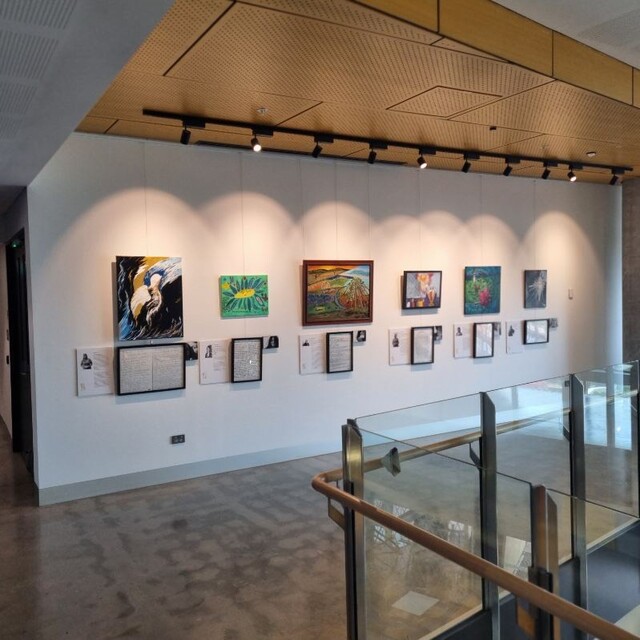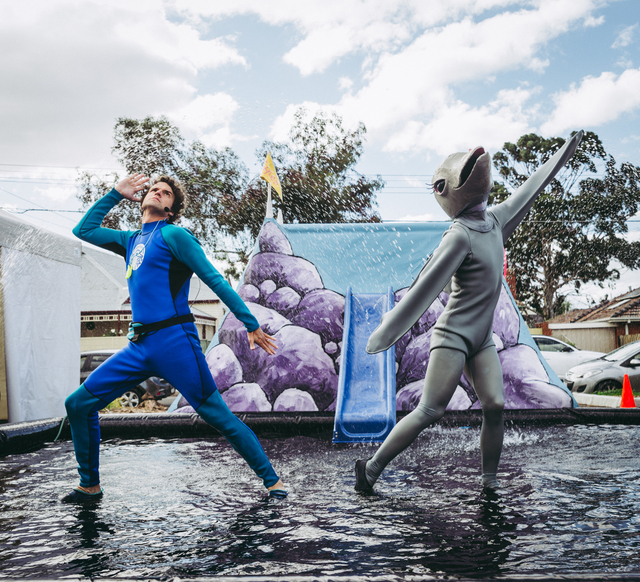Motorists are urged to look out for wildlife on Whittlesea’s roads, with the town named as one of the state’s roadkill hotspots.
New data from insurer AAMI reveals that, in 2015, Whittlesea had Victoria’s fourth highest number of animal collision reports, with 86 claims received.
Bendigo was named as Victoria’s roadkill capital, with 179 claims, followed by Heathcote (124) and Gisborne (94).
Woodend rounded out the top five, with 82 claims.
AAMI spokesman Michael Mills said motorists were more likely to be involved in a collision with wildlife during winter, at either dawn or dusk.
“Colliding with an animal is a frightening and traumatic experience, especially if the animal is injured or killed, and can result in serious damage or injury,” he said.
“Shorter days during winter mean we’re on the roads more at times when animals are on the move. [This] combined with poor weather conditions and reduced visibility, make the chances of hitting an animal more likely.”
Wildlife Victoria chief executive Karen Masson said the Whittlesea municipality was a hotspot for animal collisions, with kangaroos accounting for most of the incidents.
“There is a big mob of roos that have been [in Whittlesea] for thousands of years,” she said.
“In the last 10 years or so, we have populated these areas with no regard for the original inhabitants.
“Kangaroos and humans don’t live well together, especially when there is a road involved.”
Ms Masson urged anyone involved in a collision with a kangaroo to report the incident to Wildlife Victoria so it can check on the animal.
“Even though the animal might hop away and appear to be okay, they rarely are,” she said.
Mr Mills advised motorists to avoid driving at night when it can be difficult to see animals.
“It’s vital that drivers keep a look-out for wildlife on the road,” he said.
“Wildlife is unpredictable and can appear out of nowhere, so it’s important to slow down and be aware of your environment, particularly inside sign-posted wildlife areas.”






